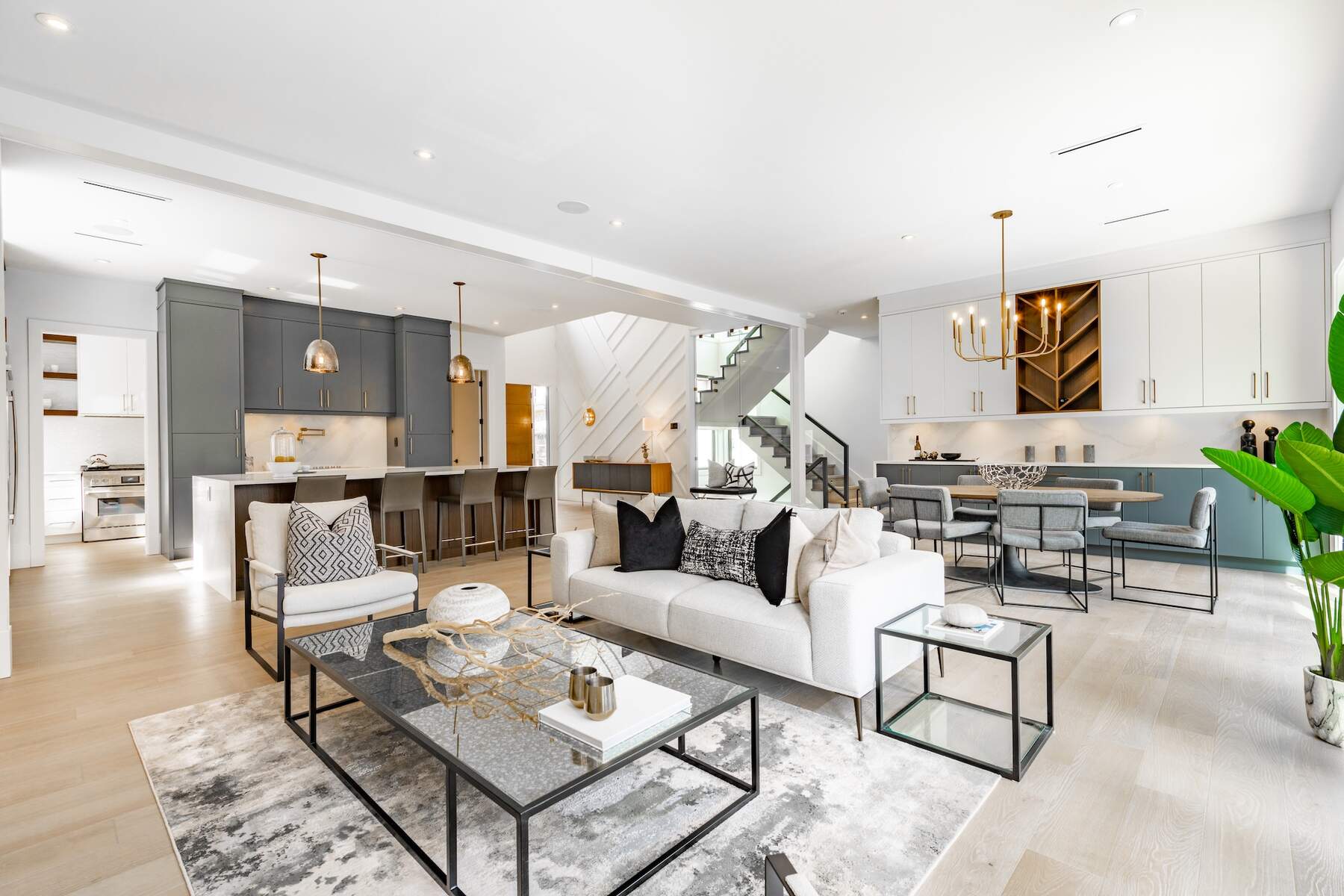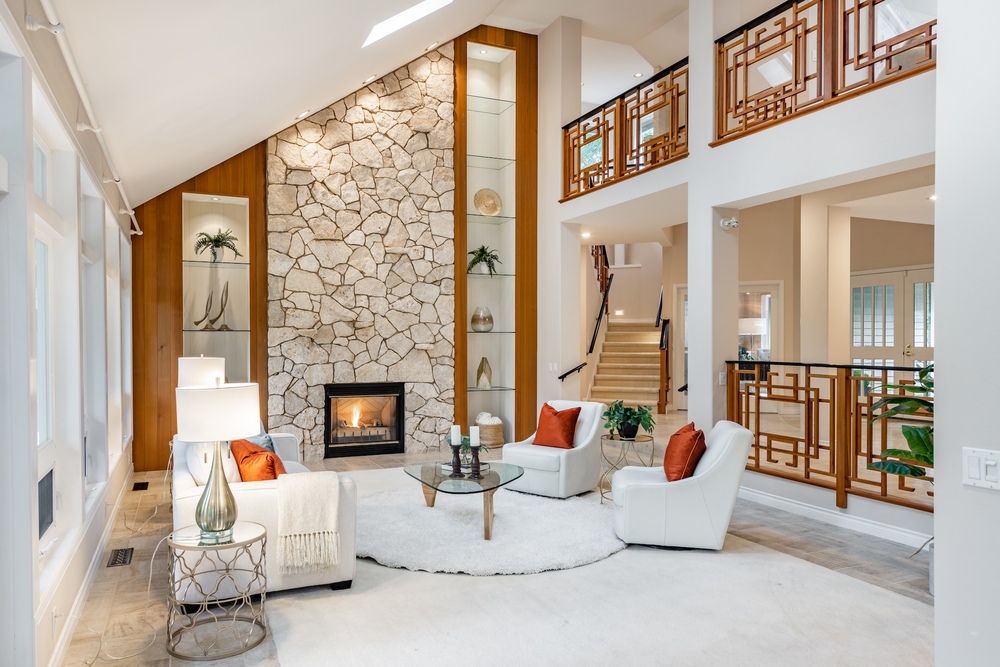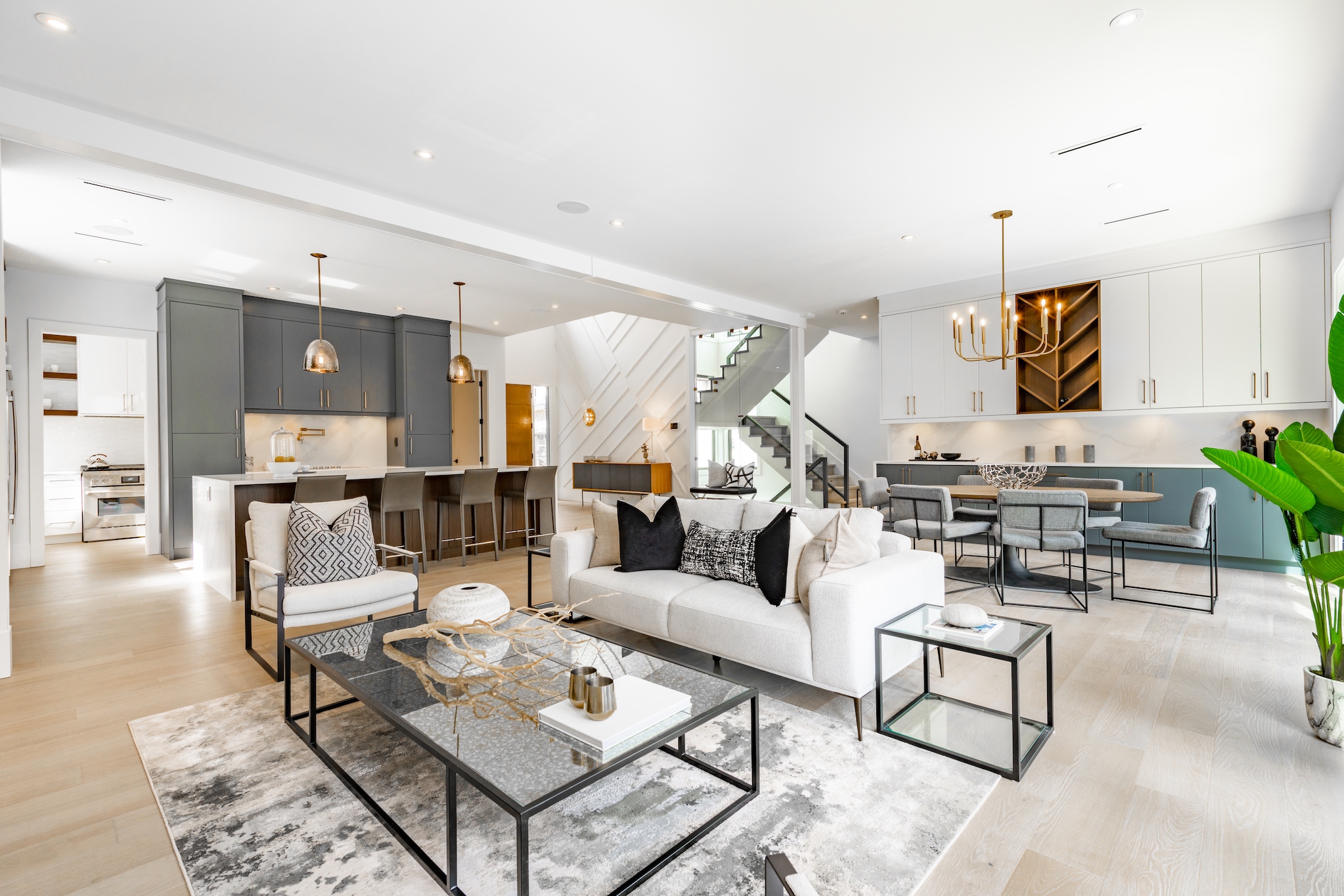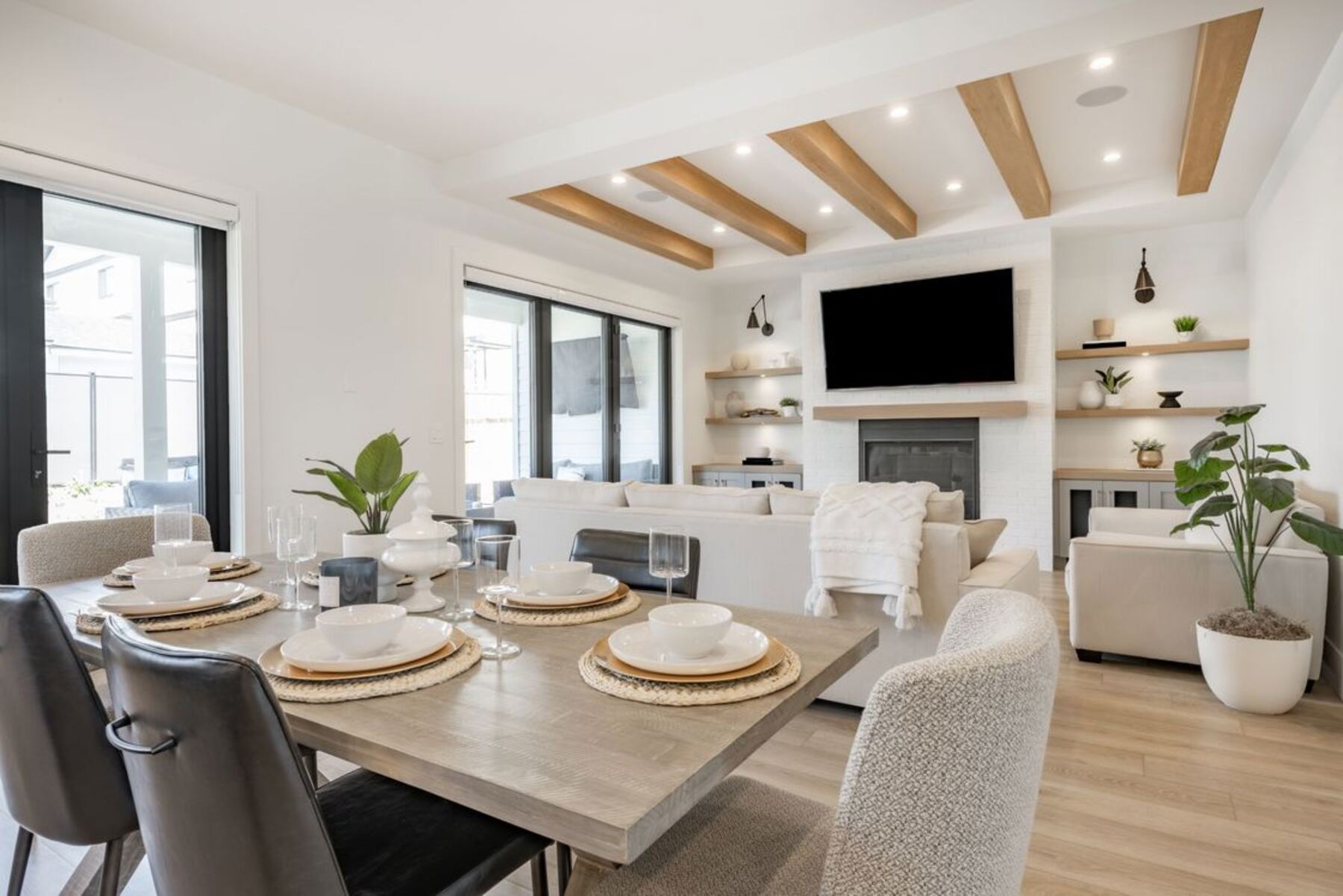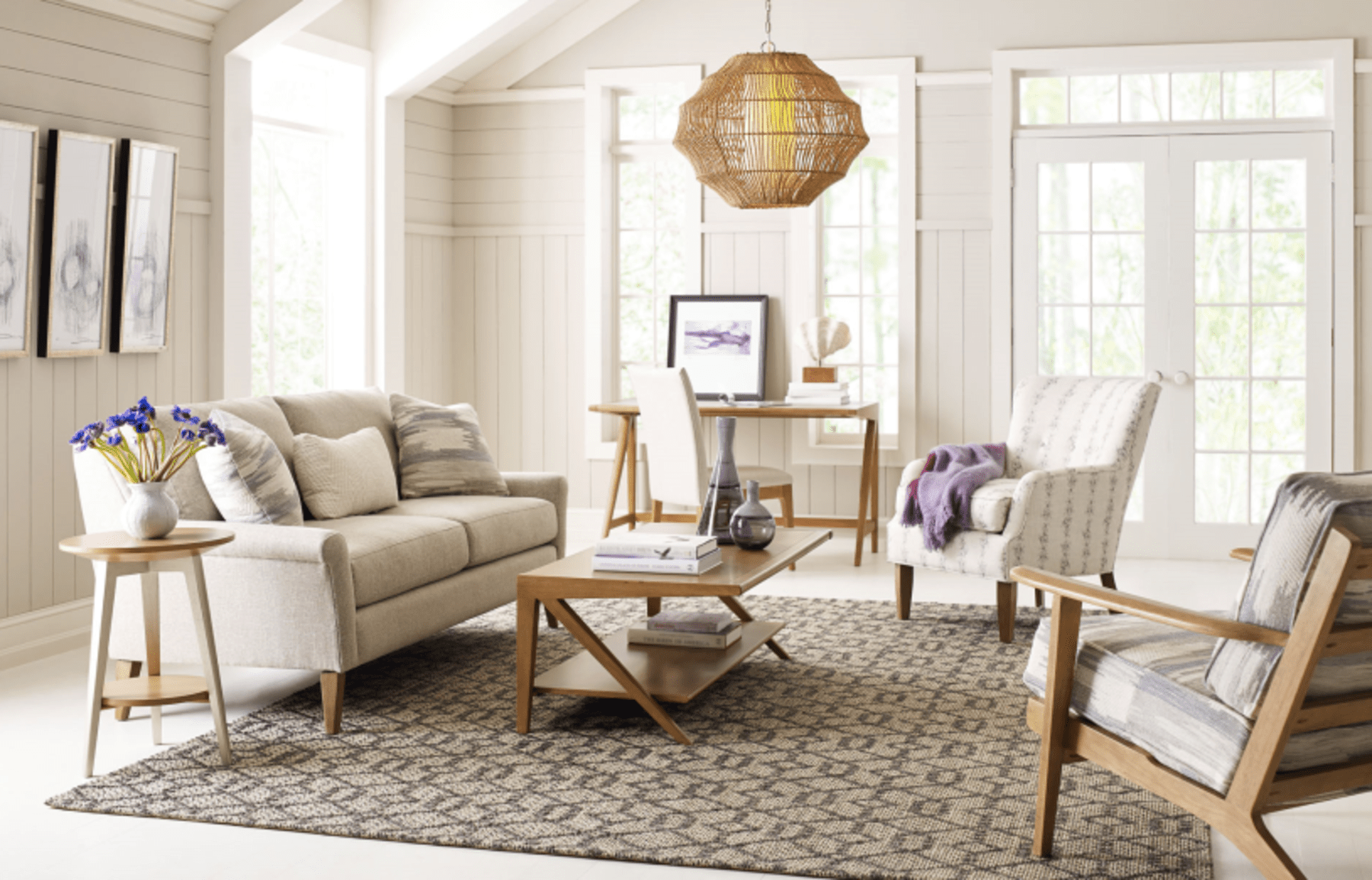When we start our interior decorating services, one burning question can be: how long does the interior design process take? As someone deeply immersed in designing spaces, I understand such anticipation. In this article, I’ll answer this pressing question, drawing from my experience in this field.
How Long Does the Interior Design Process Take?
The interior design process takes about an average of six months to complete. In a nutshell, the duration of transforming a space varies based on several factors.
The project scope influences the timeline. Suppose it’s simply redecorating a room with a few new pieces of furniture and decor. Then, we can expect a quick turnaround, as little as a few weeks. Meanwhile, more extensive projects involving structural changes or whole-house makeovers can take a timeline spanning several months.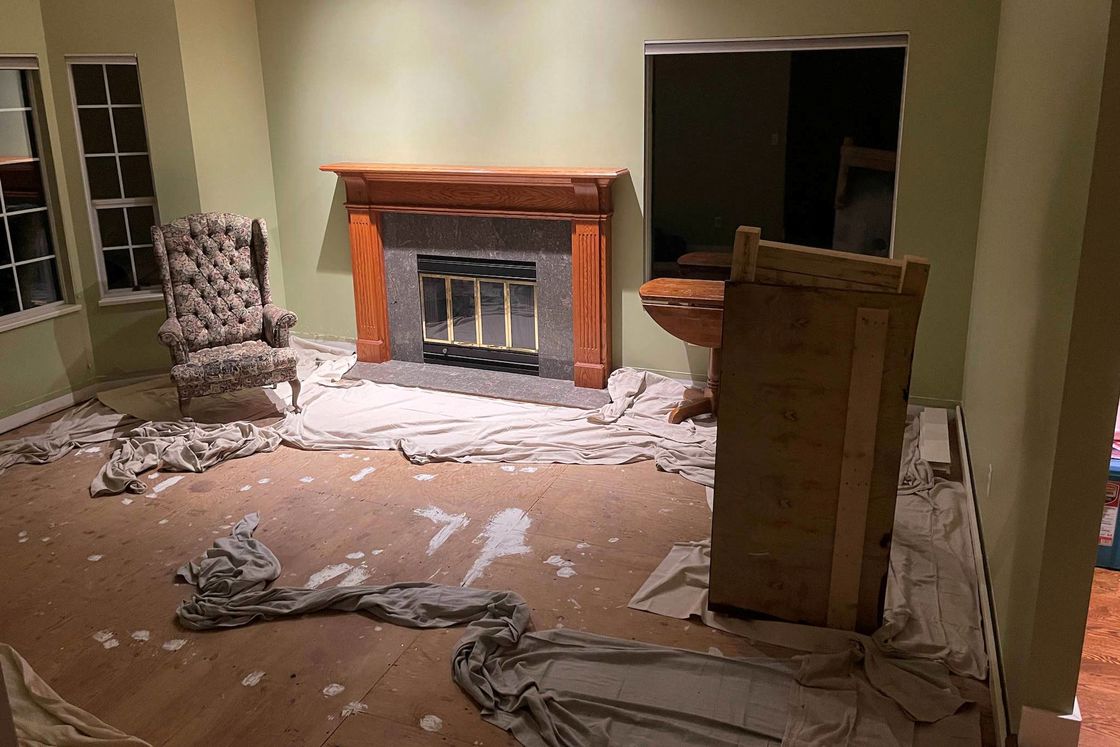
Moreover, the availability of materials and contractors can impact the duration. Suppose we want to use unique or custom-made items. Then, we must factor in the time required for production and delivery. Additionally, securing skilled tradespeople may take longer in regions with high demand.
Phases in a Comprehensive Interior Design Project
Typically, the process takes about four to six months. It comprises initial planning, design development, and implementation. However, individual projects may deviate from this timeline. Larger or more intricate designs need more time.
The Initial Phase – Planning
An interior design project’s first phase can span approximately one to two months. In this stage, the close collaboration of the interior designer with the client is vital. The consolidation of ideas and preferences into a cohesive design plan happens here. It involves:
- Conceptualization (establishing the client’s vision)
- Goal-setting (defining project goals)
- Preliminary planning (i.e., setting a budget)
The Design Development Phase
In this stage, detailed design development and finalization happen. It typically takes about two to three months. Here, the services of the interior designer includes delving into the specifics of the living space design Vancouver:
- Selection of materials
- Selection of colors
- Furnishing choices
- Selection of other elements
Note that more intricate projects can extend the design development phase. Depending on whether it is a room makeover, a complete home renovation, or commercial spaces can add a few extra months. Complex designs with custom-made elements or unique architectural considerations often need more time. It demands thorough research, planning, and execution.
Material Selection and Procurement
Once we finish the design, the next step is selecting materials and furnishings. This phase can be time-consuming. It involves researching, sourcing, and procuring various elements for the space. 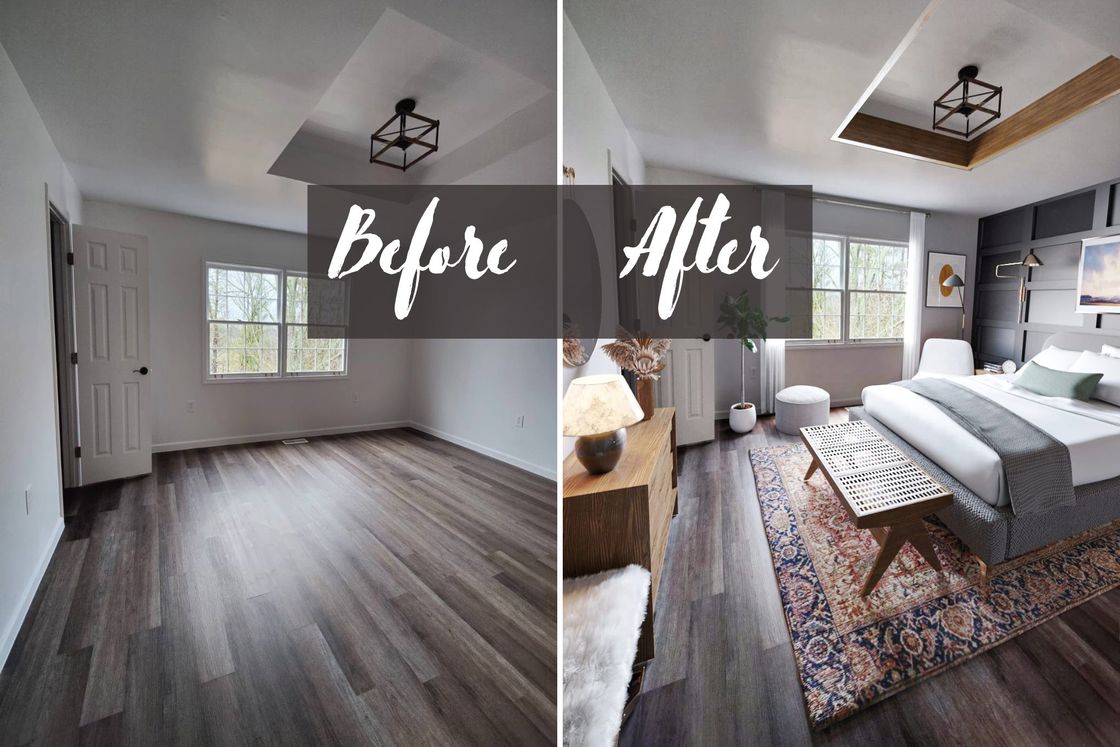
Also, the duration of this phase depends on the availability of materials and the project scope. Typically, it takes a few weeks to a few months. The selection should align with the vision and budget.
The Construction and Implementation Phase
This phase can range from one to three months or even longer. The complexity and the size of the project dictate the duration. Also, delays may occur due to unforeseen issues. These issues can be weather, supply chain disruptions, or unexpected construction challenges.
This stage involves bringing the design to life, which includes:
- Demolition (if necessary)
- Construction
- Installation of fixtures
- Putting in place of furnishings
- Final touches
Construction
Suppose the project involves any construction or renovation work. Then, this is the most time-intensive phase. The timeline can vary based on the extent of the work required. A slight renovation might take a few weeks. Meanwhile, an extensive overhaul could span several months.
Putting the Furnishings in Place
After the construction is the installation of furniture, selecting and placing them. It typically lasts two to four weeks, depending on the availability of furnishings and the time it takes to set up.
Final Touches and Styling
The final touches, including styling and accessorizing the place, come towards the end of the project. It involves selecting and placing decor and accessories to bring the design to life. This phase takes a few weeks to ensure every detail is perfect and aligned with the design vision.
Post-completion Adjustments
After the interior space is fully furnished and styled, it’s common to make slight adjustments based on how the place feels and functions. The timeline for these post-completion adjustments can vary. It will depend on preferences and the designer’s availability.
Completion and Handover
Once the interior design process is complete, there will be a final walkthrough with the designer. It is to ensure everything meets expectations.
Also, It is time to take possession of our transformed space. Notably, the entire interior design process can range from several months to a year or more. It’s from the initial consultation to the completion point.
Clarifying the Timeline
To clarify further the timeline or how long the interior design process takes, let’s break down a few scenarios:
- Small-Scale Redecoration: Redecorating a single room with no extensive construction involved – the entire process can take as little as two to three months.
- Medium-Scale Renovation: Set a six to nine-month plan for a medium-sized home renovation. It includes some construction work.
- Large-Scale Transformation: This is an extensive project. It involves many rooms or an entire home with significant construction. The project can take a year or more to complete.
Factors That Influence the Duration
Keep in mind that each project is unique. Various factors can influence the duration. So, flexibility and open communication with the interior designer is essential. Below are several key factors that can affect how long the process takes:
- Project scope: The size and complexity of the project play a significant role. Larger spaces or projects that involve structural changes may need more time.
- Budget: The budget can impact the timeline. Tight budgets may limit design options. Meanwhile, larger budgets can accommodate more extensive customizations.
- Decision-Making: The speed of decision-making can affect the timeline. Efficient decision-making helps keep the project on track.
- Permits and Approvals: Projects requiring permits or approvals from local authorities may experience delays. It happens when the process takes longer than expected.
- Supply Chain: Global events, such as pandemics or trade disruptions. These can affect the availability and delivery times of materials and furnishings.
- Weather and Seasonality: Outdoor projects or those reliant on favorable weather conditions may need to factor in seasonal variations.
- Availability of contractors and suppliers: The availability of skilled contractors and reliable suppliers can impact the construction and procurement phases. It can cause delays.
- Customization: If the design includes custom-made furniture, fixtures, or finishes, remember that craftsmanship takes time. We can’t rush quality.
- Unforeseen issues: Often, unexpected challenges arise during renovations. These can be structural issues or hidden problems behind walls. It can prolong the timeline.
- Coordination: Efficient project coordination is key. Ensuring that all elements come together smoothly can impact timing.
- Designer’s workload: The availability and workload of the interior designer can impact the project timeline. So, choose them wisely.
Tips to Plan For Success
Below are tips on planning for a successful project within the desired timeline.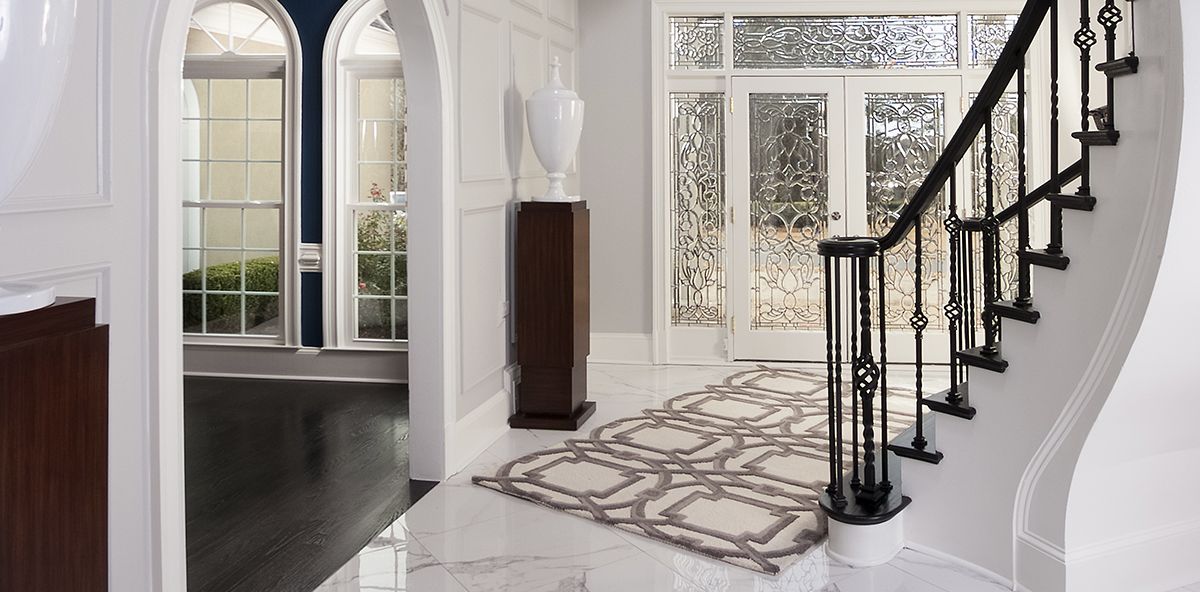
- Define goals: Start by clearly defining the project’s scope and objectives. Knowing what we want to achieve will streamline decision-making.
- Set a realistic budget: Establish a budget that aligns with the goals. Be prepared to make trade-offs between cost and time.
- Research and select professionals: Invest time researching and hiring experienced professionals. Pick those who can execute the vision efficiently.
- Material selection: Choose materials, finishes, and furnishings early. It prevents delays caused by backorders or last-minute changes.
- Communication: Maintain open and regular communication with the design team. Quick responses to questions and issues can keep the project on track.
- Contingency plan: Always have a contingency plan for unexpected delays or issues. Flexibility can save us from unnecessary stress.
- Regular inspections: Periodically inspect the work to ensure it aligns with the vision and quality standards. Catching issues early can prevent costly delays.
- Stay organized: Keep records of all project-related documents, including contracts, receipts, and communication. Being organized helps aid in efficient decision-making.
Related Questions
How Can I Ensure That My Interior Design Project Stays on Schedule?
It’s essential to maintain efficient communication with the interior designer. This will ensure the project stays on schedule. Also, make prompt decisions on design elements and get all necessary permits and approvals early. Lastly, work with reliable contractors and suppliers.
Does the Time of Year Affect the Interior Design Process for Outdoor Spaces?
Yes, the time of year can impact outdoor projects. Working in outdoor spaces during favorable weather conditions can help avoid weather-related delays. It ensures a smoother project timeline.
Are There Any Specific Design Styles or Elements That Lengthen the Design Process?
Custom-made elements and unique design styles can extend the timeline of an interior design project. These aspects often need more time for planning, sourcing, and execution. It’s to achieve the desired result.
Conclusion
The interior design process is an important and thrilling journey. It allows us to transform our living or working space into a personalized haven. In this write-up, we learned how long the interior design process takes. Still, it’s essential to remember that each interior design project is unique. Flexibility is key.



